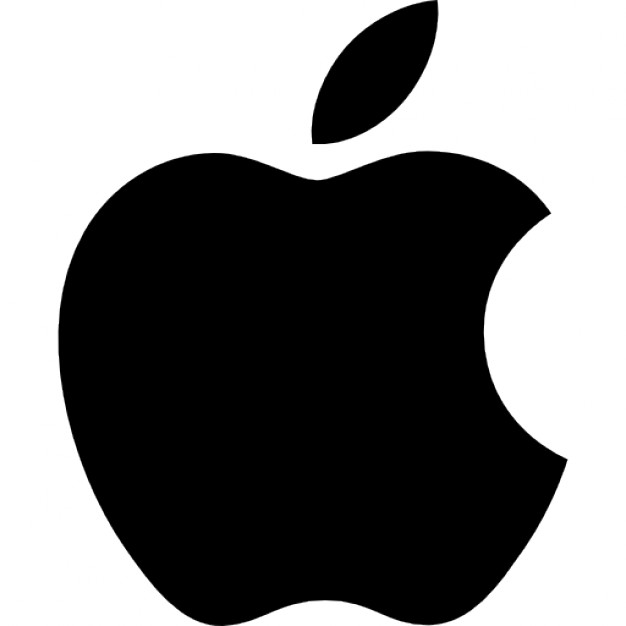On Building A Menswear Brand And Growing 70% YOY
Hey there! I’m Danny Charbonnet and I’m the founder of All Citizens, a direct-to-consumer menswear brand perfecting premium, performance-based, everyday apparel at an incredible value. All of our products are made with performance fabrics and tons of comfort-enhancing designs and offered at half the price of other premium performance menswear brands - in short, we make better apparel at better prices.
I started the brand by launching a pair of boxer briefs that are made with a high-performance microfiber that wicks moisture, dries quickly, is luxuriously soft and ultra-breathable, and has incredible stretch and resilience. Then, I paired this incredible fabric with comfort-enhancing designs such as our signature Breathe Zones™, which are mesh areas strategically located where guys sweat the most (on the lower back and in between the thighs) for ventilation and airflow, Grip Thighs™ to keep the legs from riding up, a Horizontal Fly for a more natural movement when nature calls. This has since become our flagship product, but we have expanded to offer performance dress shirts (another best-seller), as well as training shorts, t-shirts, and socks.
Our customers are discerning men who prioritize quality and value and are looking for thoughtful products that astutely...

Download the report and join our email newsletter packed with business ideas and money-making opportunities, backed by real-life case studies.

Download the report and join our email newsletter packed with business ideas and money-making opportunities, backed by real-life case studies.

Download the report and join our email newsletter packed with business ideas and money-making opportunities, backed by real-life case studies.

Download the report and join our email newsletter packed with business ideas and money-making opportunities, backed by real-life case studies.

Download the report and join our email newsletter packed with business ideas and money-making opportunities, backed by real-life case studies.

Download the report and join our email newsletter packed with business ideas and money-making opportunities, backed by real-life case studies.

Download the report and join our email newsletter packed with business ideas and money-making opportunities, backed by real-life case studies.

Download the report and join our email newsletter packed with business ideas and money-making opportunities, backed by real-life case studies.

































